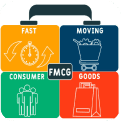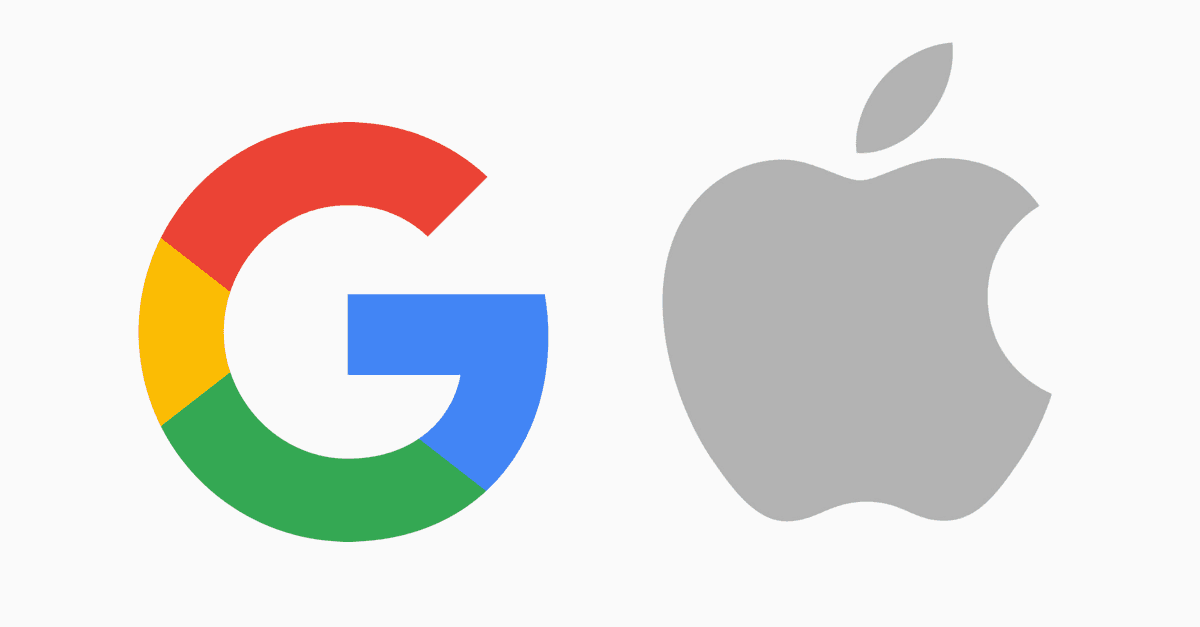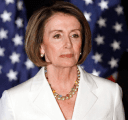Education
What the UnitedHealth Stock Crash Teaches Us About Risk (and Why Most Investors Miss It)
On April 17th, UnitedHealth (UNH), the largest health insurer in the U.S. and a Dow Jones staple, dropped nearly 23% in a single trading session.
This wasn’t a speculative tech name or some small-cap with a meme army behind it. This was UnitedHealth. The "safe" stock. The one sitting in most long-term portfolios, ETFs, and 401(k)s across the country.
So what happened? And more importantly, what can investors actually learn from it?
Let’s unpack it.
What Went Wrong With UnitedHealth?

UnitedHealth’s Q1 earnings came in just slightly below estimates:
EPS: $7.27 (in line with expectations)
Revenue: $109.6B (vs. $111.6B expected)
Not catastrophic on paper. But the real shock came from their revised full-year guidance:
The company slashed its EPS forecast to $26–$26.50, down from $29.50–$30.00.
That cut spooked Wall Street — and rightfully so. When a company lowers guidance this drastically, it signals deeper structural problems. Not just a bad quarter, but a potential trend.
Here’s what drove the decline:
Higher-than-expected medical costs, particularly from Medicare Advantage enrollees.
Government reimbursement cuts under Biden-era policy changes.
A spike in service utilization, especially among senior patients.
A flood of sicker-than-expected patients from failed competitors.
Rising medical cost ratio — up to 87.5%, from 85.5% last year.
To summarize: more patients are using more healthcare, getting less reimbursed, and UNH is footing the bill.
What This Means for Investors
If you’re holding blue-chip stocks like UNH thinking you’re “playing it safe,” this is your wake-up call.
There’s no such thing as a risk-free stock.
Companies that feel stable — because they’re big, have consistent earnings, or are part of major indices — can still get blindsided by macro policy shifts, cost overruns, and business model vulnerabilities.
But this isn’t just about UnitedHealth. It’s about how investors perceive (or misperceive) risk.
The Three Hidden Risks Most Retail Investors Miss

Let’s go deeper. Here are a few overlooked lessons from this crash that can make you a sharper investor:
1. Policy Risk is Real — Even for Giants
UnitedHealth didn’t mess up its strategy. It got squeezed by new rules around Medicare Advantage reimbursement. These policy changes weren’t unexpected, but their impact was underestimated.
If you’re investing in sectors tied to government policy (healthcare, defense, energy, etc.), you need to factor in legislative shifts — even if you’re not a macro trader.
2. Lagging Indicators Can Kill You
By the time a company reports it has “sicker patients than expected” or rising costs, the market already knows. You’re reacting to lagging data.
This is why using automated investment strategies can be such a game-changer. Algorithms don’t wait for earnings calls. They adjust to volatility and market signals in real time, often before headlines hit.
3. Diversification Isn’t Just About Sectors
Many portfolios are “diversified” but still overly exposed to the same macro risks. UNH’s crash dragged down the entire Dow for a reason — it’s a systemically important stock.
Real diversification means varying not just sectors, but strategy types, timeframes, and liquidity profiles. You want different engines running at once — not just a fleet of similar boats sailing into the same storm.
So... Is UnitedHealth a Buy Now?
Maybe. But that’s not the point.
The real takeaway is this: blindly buying dips is not a strategy. Especially in a market where even top-tier companies can drop 20% in a day.
What you need is a system that helps you:
Manage risk across different assets
Stay in trades with high conviction
Cut losers fast when the story changes
Adapt automatically when conditions shift
That’s what platforms like Surmount are built for. You connect your existing brokerage account, select a strategy based on your goals and risk tolerance, and the system handles the execution.
No chasing headlines. No panic-selling. Just a smarter way to invest.
Final Thoughts
The UnitedHealth drop isn’t a one-off. It’s a signal of where we are in the market cycle.
Complacency is getting punished. Passive buy-and-hold is no longer a guarantee. Risk is getting repriced, fast.
And for investors who are ready to level up, that creates opportunity — if you’re ready to think differently.
The information presented is for educational purposes only and not an offer or solicitation for any specific investments. Investments involve risk and are not guaranteed. Consult with a financial adviser before making any investment decisions. Past performance does not guarantee future results.
Automate any portfolio using data-driven strategies made by top creators & professional investors. Turn any investment idea into an automated, testable, and sharable strategy.





